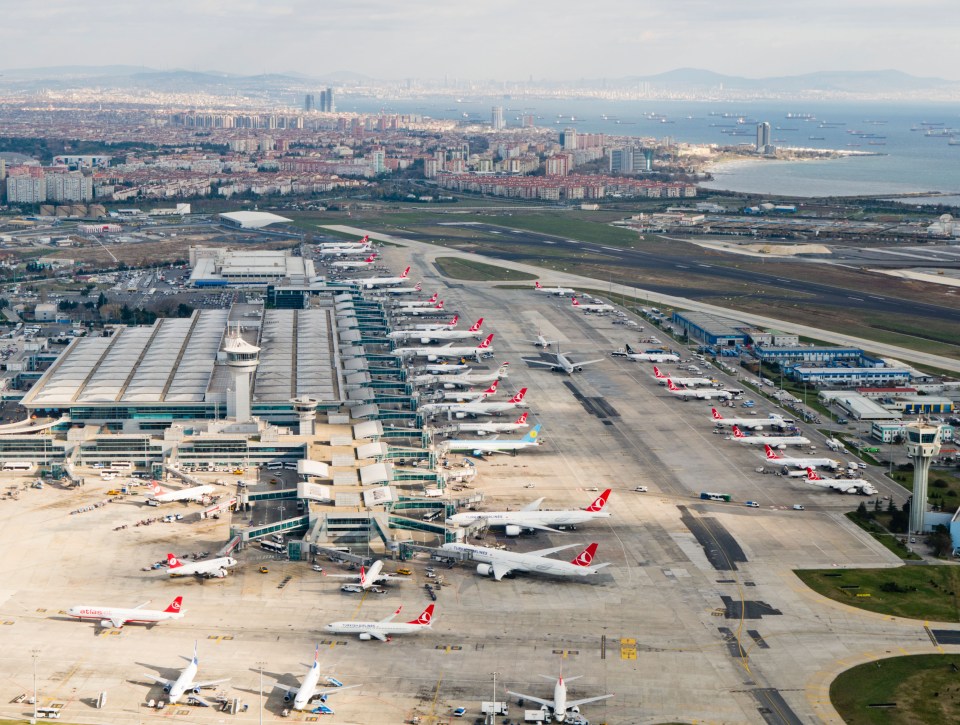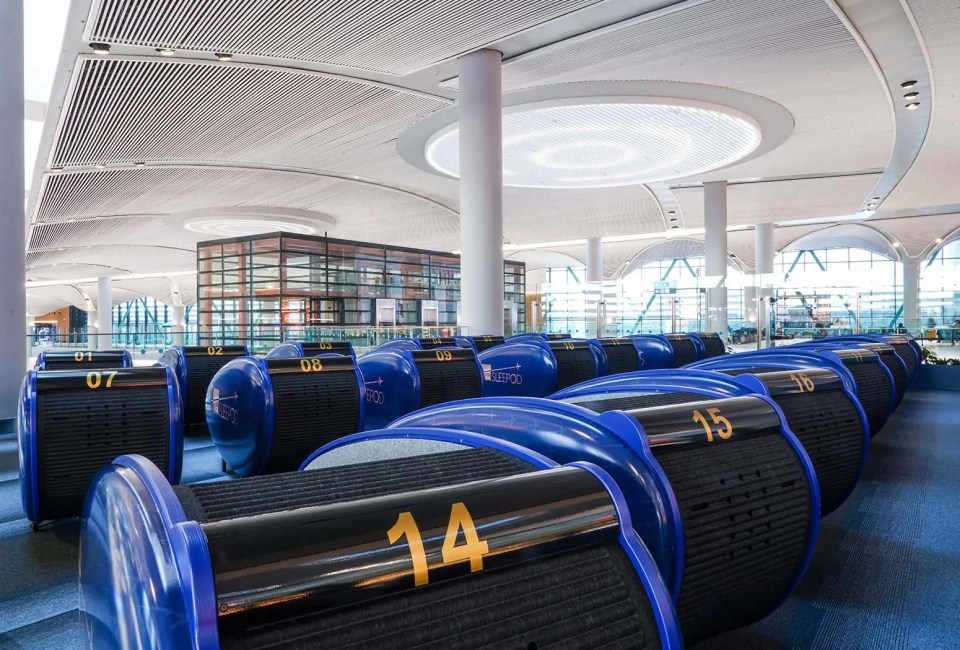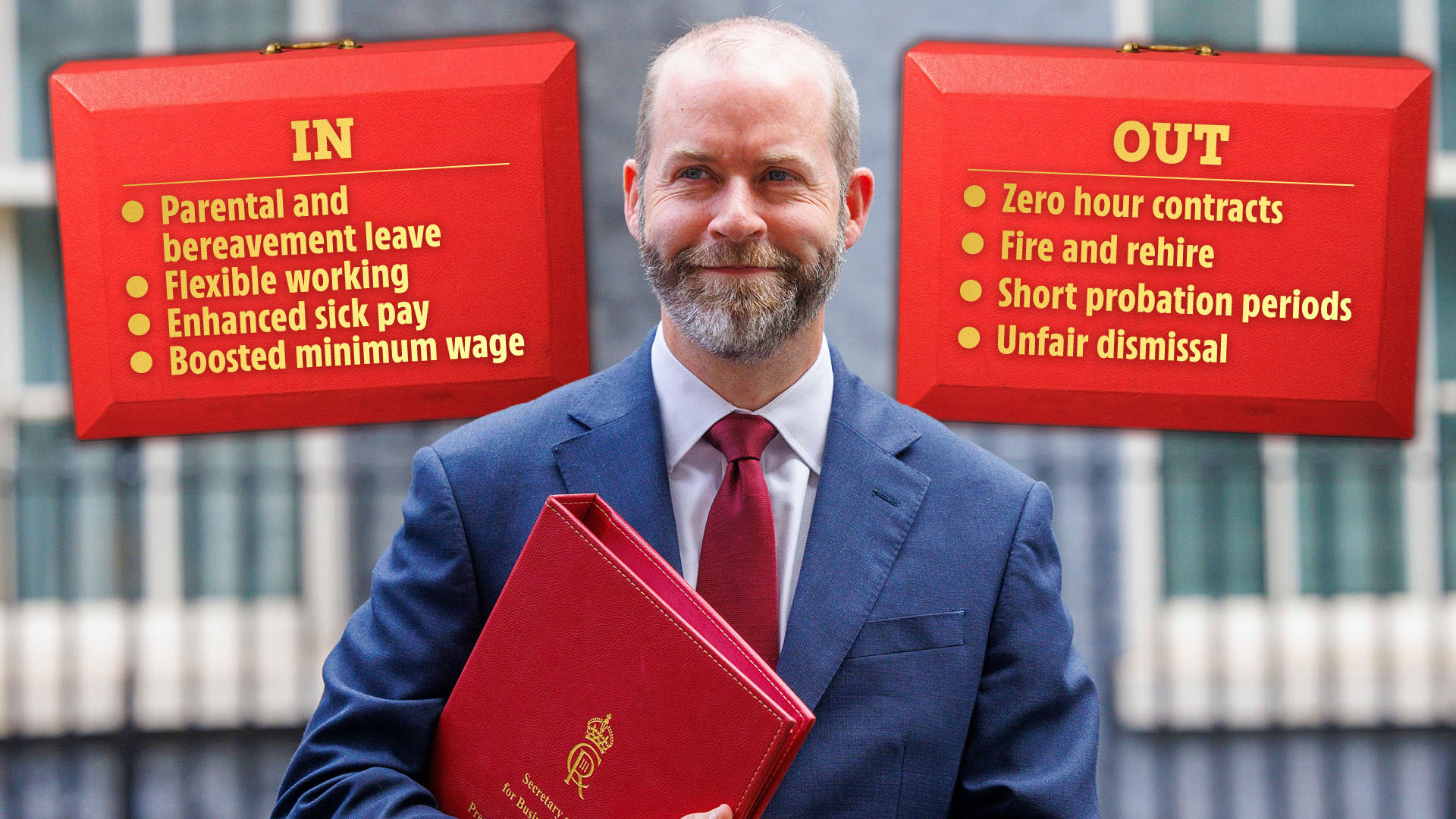If you have to ask whether long hours are really necessary in investment banking, then it is probably not the career for you.
The high stress, high reward business of dealmaking and being on call for clients of top Wall Street banks is famously gruelling. It is not uncommon for entry-level bankers to rack up more than 100 hours a week.
But some employers are taking a fresh look at whether they could and should be doing more to support their junior staff, particularly by trying to cap weekly hours.
“There’s a profound difference between 80, 100 and 120 hours,” said one former junior investment banker. “No one has a problem working 80 hours a week, 90 even. [But] 100, you’re tired, 120 is something you want to have to do [no more than] once a month or two.”
Bank of America recently introduced a system for junior bankers to log their hours daily — rather than weekly — to make it harder to under-report their workload. Now, if a junior banker exceeds 80 hours in a week, they will be monitored by HR. Bankers also have a “protected day” every weekend.
JPMorgan Chase, the world’s largest investment bank, has also capped junior bankers’ working week at 80 hours, although the limit does not apply when they are working on live deals. It appointed a senior executive to oversee its junior banker programme and focus on their wellbeing.
This introspection was triggered by the sudden death this year of Leo Lukenas III, a 35-year-old junior banker at BofA who had previously been a Green Beret in the US army. His death was ruled to have been caused by a blood clot but it ignited fresh concerns about the long hours and working conditions for young bankers.
Yet questions remain as to whether the caps will be sufficient to address a culture of long hours forged over decades, which some stalwarts see as a rite of passage. Some industry figures have played down the desire for change among some workers.

Peter Orszag, head of Wall Street bank Lazard, last month told Bloomberg that young bankers were happy to put in long hours if they were involved in important and interesting work and if that was balanced with flexible working arrangements.
Limits on junior bankers’ hours will compress the amount of time they have to do their work, potentially increasing the need for more hiring in an industry where job cuts ebb and flow with the amount of deal activity.
“If you need to have more people to manage the 80-hour circuit breaker, are those the people who get cut? I’m a little bit afraid of that,” said one junior banker at a large Wall Street bank.
Ultimately those coming into the industry recognise it is fiercely competitive — and well paid: investment banking offers one of the most lucrative paths for new graduates, with starting salaries of more than $100,000 plus significant year-end bonuses.
“I’ve been trying to disabuse about a third of my students from going into it because they don’t have the drive,” said David Stowell, who worked in investment banking for about two decades and now teaches at the Kellogg School of Management at Northwestern University.
“It’s not for everybody. But for the right kind of people, it’s a remarkable 30-year career or at least a remarkable foundation.”
Concerns about long hours and junior workers’ wellbeing are not confined to banking. The legal industry has been dealing with similar issues as pay for young lawyers has dramatically increased and demanding annual targets of 2,000 billable hours at some firms have been criticised.
The issue came to the fore last year after a partner who was working 18-hour days on a deal at UK-founded law firm Pinsent Masons was killed by a train after falling on to a track amid an acute mental health crisis. Pinsent Masons says it has been trialling a tool that alerts the firm to consistently high working hours. It has also been offering “summer Fridays” — a compressed working week that allows employees to take Friday afternoons off during their country’s summer as long as their obligations are met.
Other law firms have nominated people to monitor for red flags such as late-night emails or a lack of holiday.
Similarly, this is not the first time the banking industry has considered workloads. More than a decade ago, there were calls for an overhaul of banking culture following the death of an intern at BofA in London.
During the pandemic, a cluster of first-year investment banking analysts at Goldman sent the bank’s management a presentation documenting their 95-hour workweeks. This triggered Goldman to recommit to a “Saturday rule” forbidding junior bankers from working from 9pm on Friday until Sunday morning, a move many other banks have since followed.
But complaints about arduous hours can butt up against the structural reality of investment banking, a business where millions of dollars in fees are on the line in any given pitch. Every deal comes with a client expecting top-tier service.
“Clients pay the bills,” said Stowell. “If the clients are accosting and difficult to deal with and set unreasonable deadlines, that cascades through the bankers.”
There is also some scepticism over how much of a personal benefit the new rules provide. Several bankers said they understood the mandate of having “at least” one day off a week to mean they were expected to work the other six, for example.
Many industry veterans do say working conditions have improved. Wall Street offices have also become much more tolerant of women and minorities.
But some senior bankers also feel the complaints from younger peers are overstated and speak to a sensitivity of a new generation that is not as battle hardened as their own.
The issue often comes down to the quality of work junior bankers are given. As Orszag noted, many are open to long hours if they feel they are doing intellectually stimulating work and dealing with clients, rather than, for example, drafting pitch documents.
“An example that used to drive me nuts was when you see you’re on version number 35 of a PowerPoint presentation,” said David Erickson, adjunct professor in finance at Columbia Business School, who worked at Barclays and Lehman Brothers. “You’ve had teams of juniors [staying late], cycling through all of this material and revisions. And the senior people that are actually going to be at the meeting haven’t even looked at the document.”
Another issue is that some senior bankers do not view junior employees’ time as a cost to the bank, said Alex Edmans, a finance professor at London Business School, who started his career at Morgan Stanley.
“If analysts were to count the hours they’re doing on a single project, and there’s a charge to the department, then that will . . . make people think twice about asking analysts to do work for unnecessary reasons,” he explained.
Senior bankers talk about the need to work smarter, not harder, and say managers need to anticipate work where possible so junior bankers are not landed with impossible deadlines.
“I really do think it’s structural to the industry,” said one senior investment banker at a Wall Street firm. “The only thing that saves you is really capable [managing directors] who know what they want and lay out what you want. And those MDs are hard to come by.”
There has been talk that new technology, particularly artificial intelligence, could solve the problem by taking on lower-level work. But sceptics warn AI might just mean fewer junior investment bankers who still have to work as hard.
“There’s always been technological development to empower investment bankers to do things more efficiently,” said Edmans. “But they’ve just then been asked to do more things.”



















































































































































You must be logged in to post a comment Login